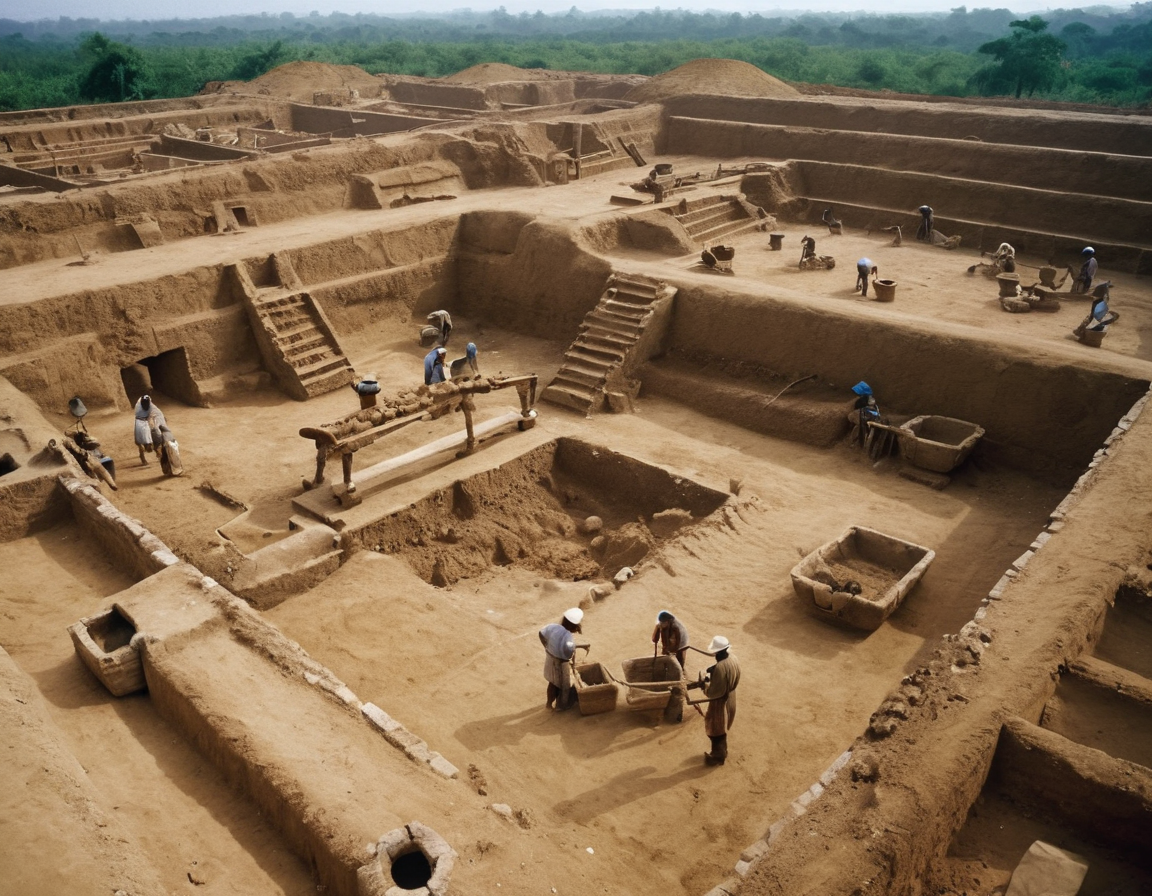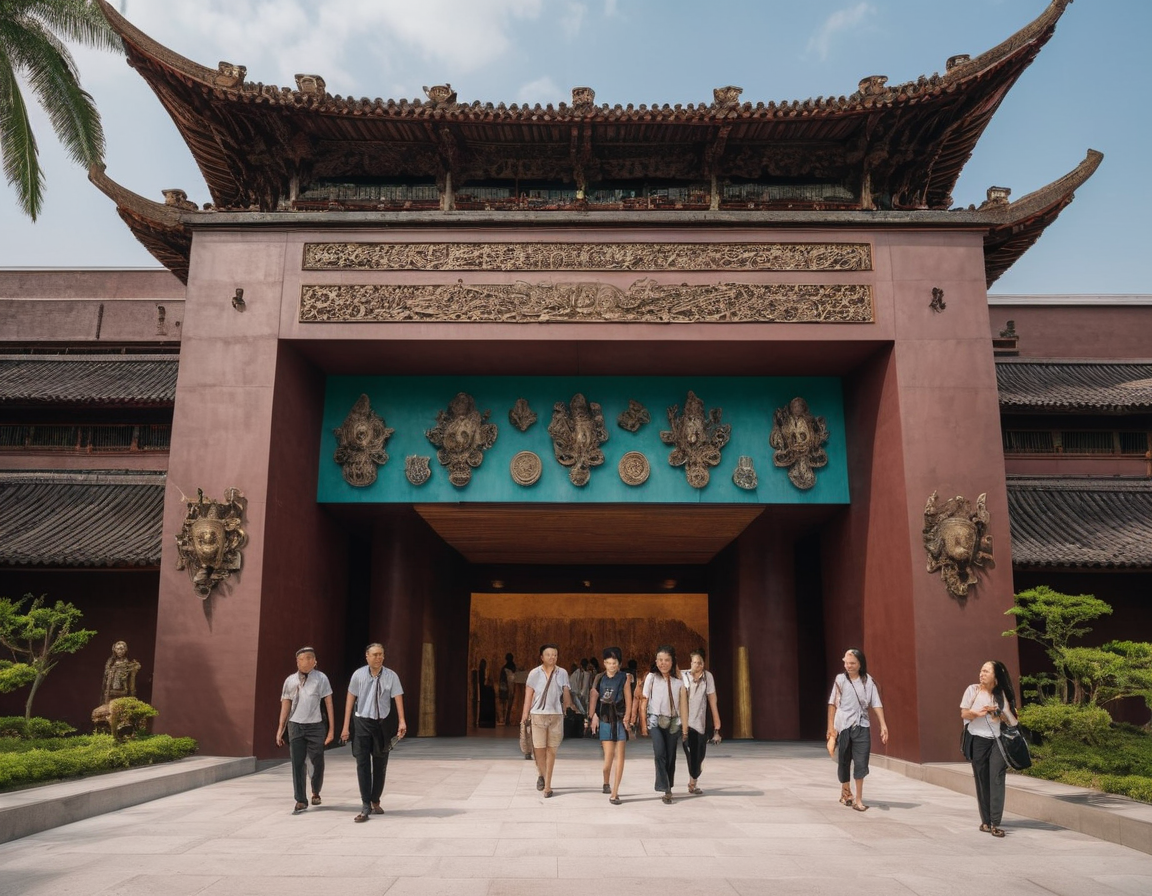Unveiling The Story of Sanxingdui: China’s Mysterious Ancient Kingdom
Discovering the Sanxingdui Ruins: A Window Into an Ancient Civilization
The Sanxingdui archaeological site has captivated historians and curiosity seekers alike, unveiling a trove of artifacts that provide a glimpse into a mysterious ancient Chinese culture that thrived over three millennia ago. Nestled along the banks of the Yazi River, the discoveries at Sanxingdui pose as many questions as they offer answers, challenging our understanding of ancient Chinese history and spurring a plethora of theories about this enigmatic civilization.

The Astonishing Discovery
In the 1920s, a farmer in Sichuan province stumbled upon a trove of jade relics while digging a ditch, inadvertently unearthing the first clues to a long-lost culture. Excavations in the 1980s escalated the significance of Sanxingdui when two sacrificial pits filled with over a thousand artifacts were discovered, including bronze masks with protruding eyes, intricate jade carvings, and towering bronze sculptures that defy the technological capabilities of their time.
Sanxingdui’s Cultural Riches
One of the most significant hallmarks of the Sanxingdui culture is its mastery of bronze. The larger-than-life bronze figures and ornate masks with exaggerated features highlight a sophisticated level of craftsmanship and artistry distinct from other contemporaneous civilizations. These artifacts not only showcase technical prowess but also point to the possibility of religious or ritualistic practices involving ancestor worship or shamanism, as suggested by the iconography and the context in which they were found.

Unraveling the Mystery
Despite the wealth of artifacts, the cultural and political systems of Sanxingdui remain shrouded in mystery. The absence of written records from the site has led to numerous hypotheses, such as Sanxingdui being a pivotal trading hub or a capital of a powerful kingdom. The intricate carvings and the quality of the metalwork suggest a highly stratified society with significant resources at its disposal, yet the question of how this civilization fits into the broader tapestry of China’s ancient history persists.

The Disappearance
Around 3,000 years ago, the Sanxingdui civilization vanished as suddenly as it appeared. Theories abound, from catastrophic events such as earthquakes and floods to invasions by rival tribes. Some speculate that environmental changes forced the inhabitants to relocate, possibly merging with other groups, and setting the foundations for what would later be recognized as Chinese culture. This abrupt disappearance adds layers of intrigue to the already captivating narrative of Sanxingdui, leaving a puzzle that continues to challenge experts to this day.
Sanxingdui in the Modern Era
In recent years, the Chinese government has invested heavily in uncovering the secrets of Sanxingdui, leading to the establishment of a museum and ongoing archeological work at the site. The digs continue to yield new finds, promising that the story of Sanxingdui is far from over. As scientists employ modern technologies like remote sensing and DNA analysis, there is hope that these ancient whispers can finally reveal the story of a culture lost to time but preserved beneath the earth.

The Sanxingdui story captivates not only because of the magnificent artifacts left behind but also because it represents a reminder of the complexities and depth of human history. This civilization, which stood independently of the famed Shang and Zhou dynasties, may well hold keys to understanding the dawn of Chinese civilization and the myriad paths humanity has walked.






